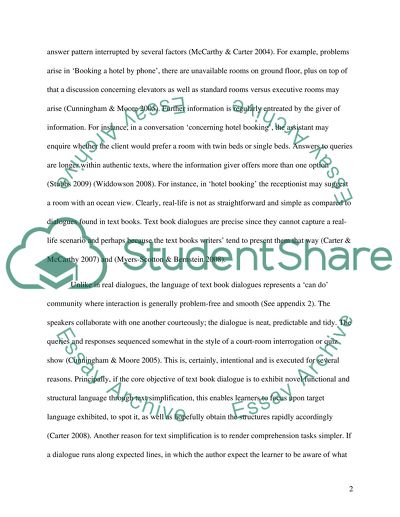Cite this document
(“A COMPARISON OF AN AUTHENTIC TEXT WITH A PEDAGOGIC TEXT Essay”, n.d.)
A COMPARISON OF AN AUTHENTIC TEXT WITH A PEDAGOGIC TEXT Essay. Retrieved from https://studentshare.org/education/1478866-a-comparison-of-an-authentic-text-with-a-pedagogic
A COMPARISON OF AN AUTHENTIC TEXT WITH A PEDAGOGIC TEXT Essay. Retrieved from https://studentshare.org/education/1478866-a-comparison-of-an-authentic-text-with-a-pedagogic
(A COMPARISON OF AN AUTHENTIC TEXT WITH A PEDAGOGIC TEXT Essay)
A COMPARISON OF AN AUTHENTIC TEXT WITH A PEDAGOGIC TEXT Essay. https://studentshare.org/education/1478866-a-comparison-of-an-authentic-text-with-a-pedagogic.
A COMPARISON OF AN AUTHENTIC TEXT WITH A PEDAGOGIC TEXT Essay. https://studentshare.org/education/1478866-a-comparison-of-an-authentic-text-with-a-pedagogic.
“A COMPARISON OF AN AUTHENTIC TEXT WITH A PEDAGOGIC TEXT Essay”, n.d. https://studentshare.org/education/1478866-a-comparison-of-an-authentic-text-with-a-pedagogic.


